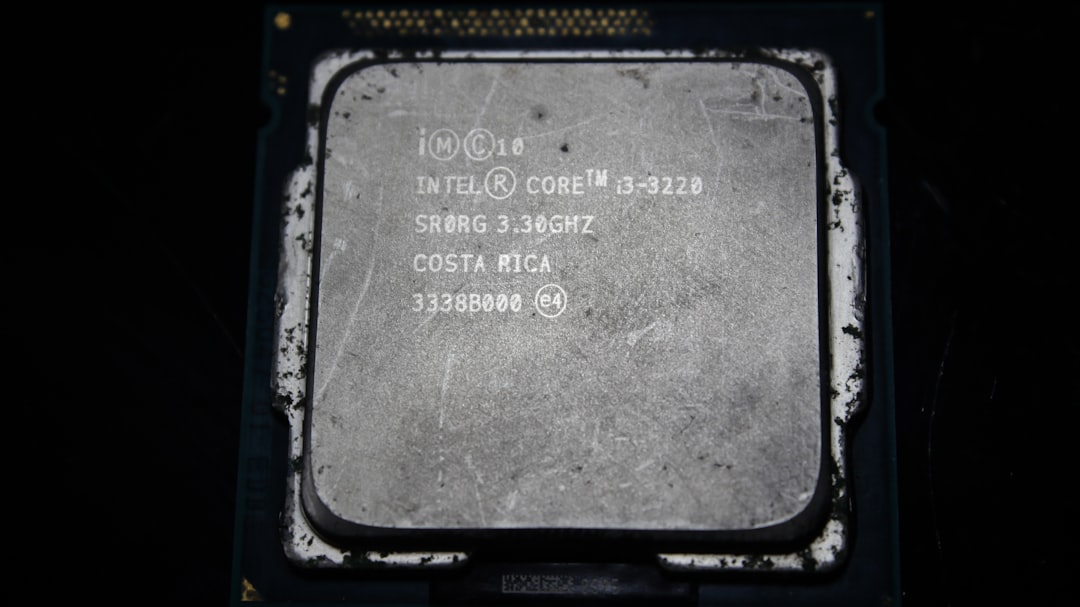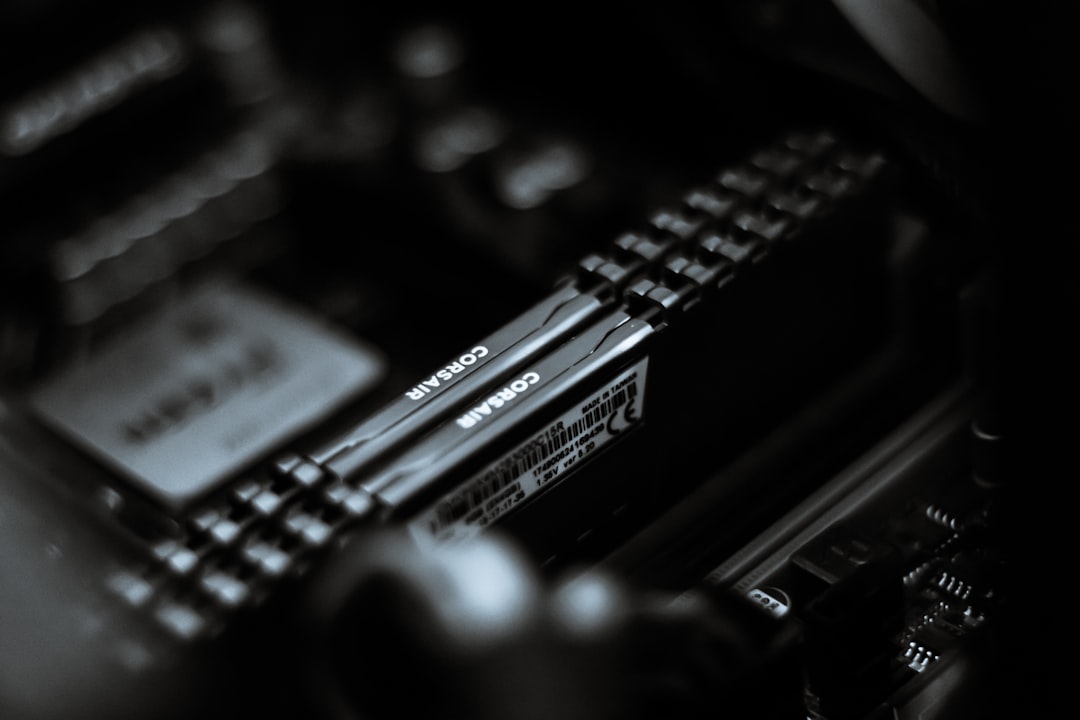As technology evolves, so does the complexity of the systems we rely on. If you’ve recently built or upgraded a PC with an Intel 13th or 14th Gen CPU and encountered issues, you’re not alone. One common headache for builders is the notorious error due to an outdated BIOS that doesn’t support these newer processors out of the box. The system might fail to post, remain stuck on a black screen, or even exhibit erratic behavior—all because the motherboard firmware is outdated.
Table of Contents
TLDR:
If your Intel 13th or 14th Gen CPU is throwing BIOS-related errors, your motherboard likely needs an update. These CPUs often require BIOS versions that support the newer architecture, which your board might not have out of the box. The fix generally involves updating the BIOS using BIOS Flashback (if available) or another supported method without needing a compatible older CPU. Follow this guide carefully to get your system up and running in no time.
Understanding the Problem
Intel’s 13th (“Raptor Lake”) and 14th Gen CPUs bring significant improvements over their predecessors, including more cores, improved performance-per-watt ratios, and enhanced support for AI-related tasks. However, motherboards that were released prior to these chips—especially LGA1700 socket boards launched during the 12th Gen (“Alder Lake”) era—may not be prepared to handle these CPUs without a BIOS update.
This issue arises because:
- The motherboard BIOS does not recognize the microcode and instruction sets of the newer CPUs.
- Some boards shipped from factories before 13th/14th Gen support was included in the BIOS firmware.
- Without a BIOS update, the system may not POST, and you’ll likely encounter a blank screen with no diagnostic feedback.
In short, even though the socket is physically compatible, firmware compatibility is not guaranteed. This mismatch can cause major headaches—especially for first-time PC builders.
How to Check If You Have the Problem
Here’s how to identify if your BIOS is outdated or incompatible with your 13th/14th Gen CPU:
- No POST: The PC powers up (fans spin, lights come on), but there is no display output or beep code.
- POST Code or Motherboard Debug LEDs: These may indicate a CPU error or failure to initialize properly.
- Boot Loop or Freezing: The system constantly restarts or freezes during startup.
- Unsupported CPU Error Message: With some motherboards, you may get a screen stating explicitly that the CPU is unsupported.
If you experience any of these, it’s highly likely your BIOS needs updating.
Essential Tools and Preparations
Before jumping into BIOS updates, you’ll need a few things ready:
- A USB Flash Drive: Preferably formatted to FAT32 and at least 1 GB in size.
- BIOS Update File: Downloadable from the official motherboard manufacturer’s website.
- Access to Another Computer: If your system won’t boot, you’ll need a working PC to download the BIOS update.
- Motherboard Manual: Each board handles BIOS updates differently, so reading your manual is crucial.
Pro tip: If your motherboard supports BIOS Flashback, you can update the BIOS without even installing a CPU or memory!

Step-by-Step Guide to Fix the BIOS Issue
Follow these steps closely to resolve the outdated BIOS issue:
1. Identify Your Motherboard Model
Check your motherboard’s model either from the box, manual, or the silkscreen printed on the board itself.
2. Visit the Manufacturer’s Website
Navigate to your motherboard’s support page and locate the BIOS download section. Manufacturers such as ASUS, MSI, Gigabyte, and ASRock typically have dedicated support pages with step-by-step BIOS update instructions.
3. Download the Right BIOS
Find the BIOS version explicitly listing compatibility with Intel 13th or 14th Gen CPUs. Download the BIOS file and extract it if it’s in a ZIP format.
4. Prepare the USB Drive
Format your USB stick to FAT32 format, and then copy the extracted BIOS file onto it. Some manufacturers may require you to rename the file to a specific name—check the manual for details.
5. Use BIOS Flashback or Q-Flash Plus
Insert the USB drive into the designated BIOS flash port (often labeled or marked in the manual).
- Ensure your motherboard is connected to power (24-pin + CPU power).
- Press and hold the BIOS Flashback button for a few seconds until a small LED starts blinking.
- Wait until the LED stops blinking. This may take several minutes. Do not unplug or power down during this time.
If your motherboard does not support BIOS Flashback, you may need a “boot kit” or borrow a 12th Gen CPU to run the update manually through BIOS settings.
6. Reinstall Hardware and Boot Up
Once the BIOS update is complete, power off your system. Install the CPU, RAM, GPU, and any other components if they were removed previously. Then attempt to boot up the system.
Important Tips and Warnings
- Never Interrupt the BIOS Flash Process: Sudden shutdowns can brick your motherboard.
- Label Your USB Clearly: Avoid confusion on multi-PC setups.
- Use Reliable Power: A power outage in the middle of a BIOS flash can be fatal. A UPS (uninterruptible power supply) is ideal.
- Double-check BIOS Versions: Flashing with incompatible BIOS versions can cause permanent issues.
What If Your Motherboard Doesn’t Support BIOS Flashback?
Not every motherboard supports BIOS Flashback, particularly budget-oriented models. If that’s the case, you have these options:
- Borrow or Buy a Compatible CPU: Use an older 12th Gen chip to boot into BIOS and perform the update.
- Take It to a Repair Center: Tech shops often provide BIOS update services.
- Use a Boot Kit: Some CPU manufacturers or retailers lend out temporary CPUs for this very purpose (AMD is famous for this, Intel less so).
If all else fails, consider exchanging the motherboard for one that states “Ready for 13th/14th Gen” clearly on the box or listing.

How to Prevent This in the Future
Here are some tips to avoid future BIOS-related headaches when upgrading:
- Buy Motherboards with “Next Gen Ready” Labels: Retailers often specify if the boards have updated firmware.
- Follow Manufacturer Guides: Always read compatibility lists posted on support sites before buying.
- Join Tech Forums: Reddit, Tom’s Hardware, and Linus Tech Tips forums are great for real-world buyer feedback.
Conclusion
While running into an unsupported BIOS error with your shiny new Intel processor can be frustrating, it’s a fixable problem. Updating the BIOS—especially with tools like BIOS Flashback—is often simple with the right preparation. Whether you’re a PC building veteran or a first-timer, understanding the importance of BIOS compatibility is key to a smooth build process. Follow the instructions carefully, stay patient, and you’ll have your system running with all the horsepower Intel’s 13th and 14th Gen CPUs have to offer.

